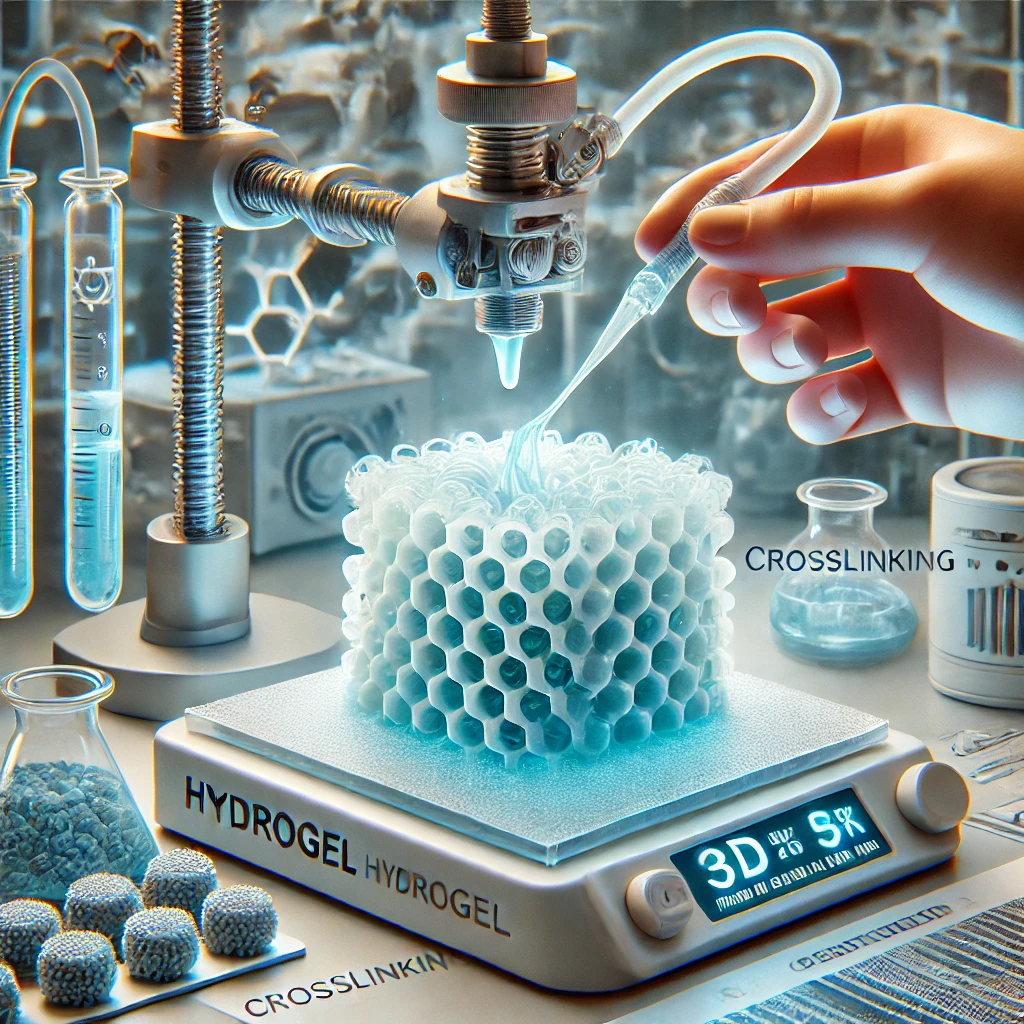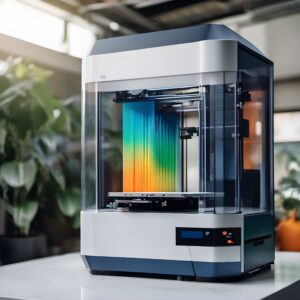Revolutionary Hydrogels: 3D Printing Creates Strong, Stretchy, and Tissue-Adhesive Materials for Next-Generation Tissue Engineering and Medical Devices

Discover how 3D printing is transforming the field of tissue engineering with the creation of strong, stretchy, and tissue-adhesive hydrogels, opening up new possibilities for medical research, regenerative medicine, and innovative medical devices.
Researchers have made a groundbreaking discovery in the field of biomaterials, harnessing the power of 3D printing to create innovative hydrogels with unprecedented properties. These cutting-edge materials boast exceptional strength, stretchiness, and tissue-adhesive properties, making them ideal for a wide range of medical applications.
Properties and Benefits: Unmatched Performance and Versatility
The 3D-printed hydrogels exhibit:
– Enhanced Mechanical Properties: Unmatched strength and stretchiness, enabling them to withstand various stresses and strains
– Tissue-Adhesive Capabilities Strong bonding with biological tissues, facilitating seamless integration and minimizing the risk of rejection
– Customizable Designs: Tailored structures and properties for specific applications, allowing for personalized solutions and optimized performance
Potential Applications: Transforming Tissue Engineering and Medical Devices
These revolutionary hydrogels hold immense potential for:
– Tissue Engineering: Regenerative medicine and tissue repair, enabling the creation of functional tissue substitutes and promoting natural tissue regeneration
– Wound Healing: Enhanced wound closure and tissue regeneration, reducing the risk of complications and improving patient outcomes
– Medical Devices: Innovative implantable devices and sensors, offering improved functionality, biocompatibility, and patient comfort
3D Printing Technology: Enabling Precise Control and Complex Geometries
The 3D printing process enables:
– Precise Control: Accurate deposition of materials and structures, allowing for intricate designs and customized features
– Complex Geometries: Intricate designs and customized features, enabling the creation of complex tissue structures and devices
– Rapid Prototyping: Streamlined development and testing, facilitating the rapid iteration and optimization of hydrogel designs
Future Prospects: Advancing Tissue Engineering and Medical Devices
The creation of strong, stretchy, and tissue-adhesive hydrogels via 3D printing paves the way for:
– Advancements in Tissue Engineering: New possibilities for regenerative medicine, enabling the creation of functional tissue substitutes and promoting natural tissue regeneration
– Improved Medical Devices: Enhanced functionality and biocompatibility, offering improved patient outcomes and reduced complications
– Personalized Medicine: Customized solutions for individual patients, enabling tailored treatments and optimized results
The fusion of 3D printing and hydrogel technology has given rise to a new generation of biomaterials, offering unprecedented properties and applications. As research continues to evolve, we can expect to see transformative advancements in medical research, regenerative medicine, and innovative medical devices. The potential of these revolutionary hydrogels is vast, and their impact on the medical field will be significant.



